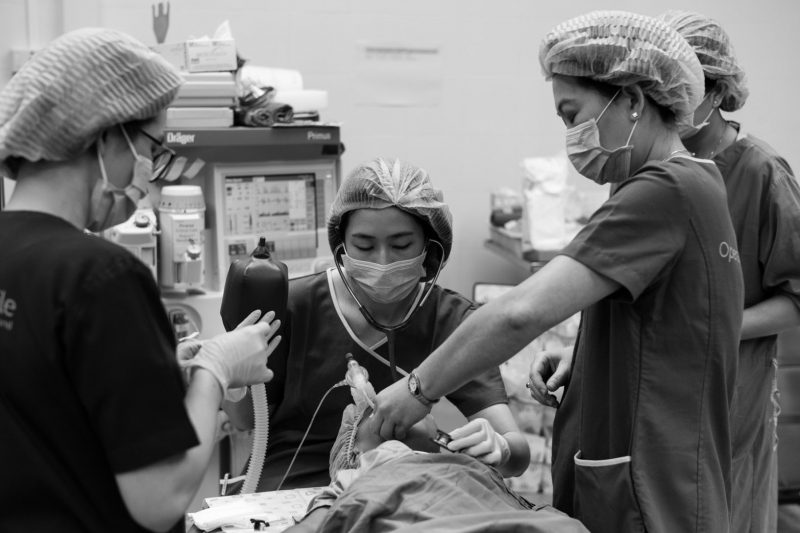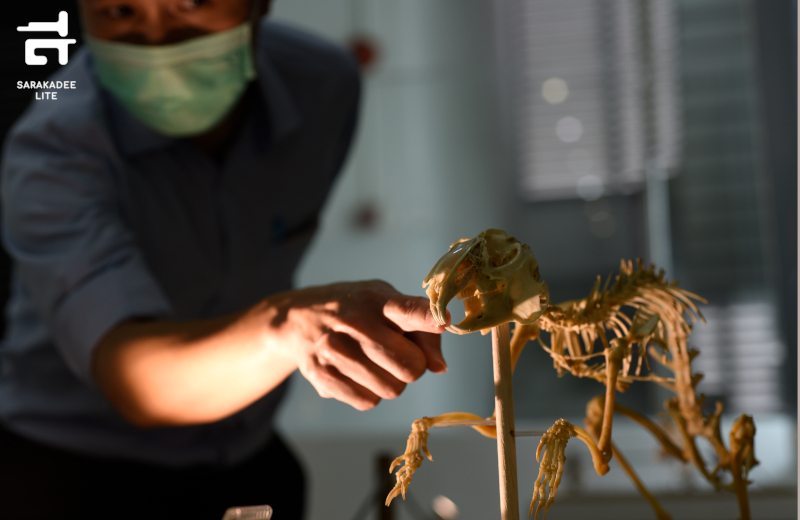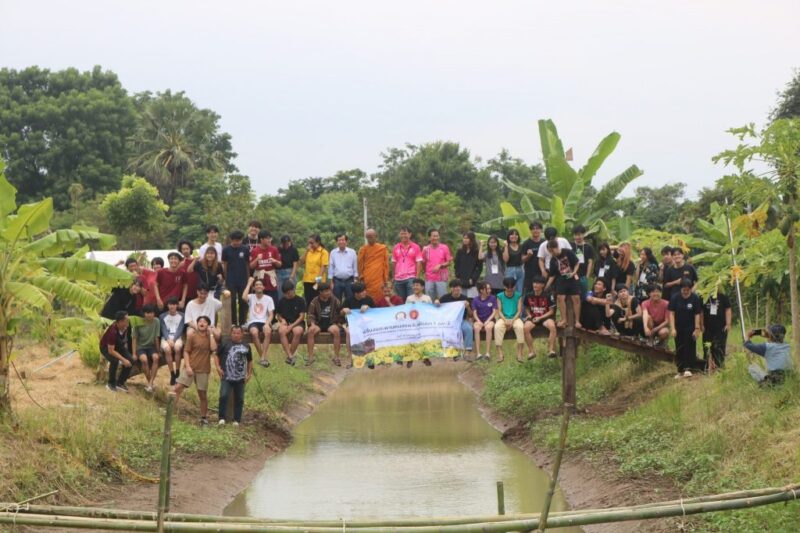Chulalongkorn University aims to increase the population of sea turtles by using collaboration of local networks.
The sea turtle population in Thailand has declined since 1970. Due to a markedly continuous decline in number, the sea turtles have been classified as “endangered” under the Convention on International Trade in Endangered Species of Wild Fauna and Flora (CITES). The government published several regulations such as the declaration of restricted areas for the sea turtle, and the investigation of sea turtles’ nesting behaviour and habitats in order to save the animals. However, in the last 50 years, the last sea turtle nests have dropped from 2,500 to 300-400 nests/year.
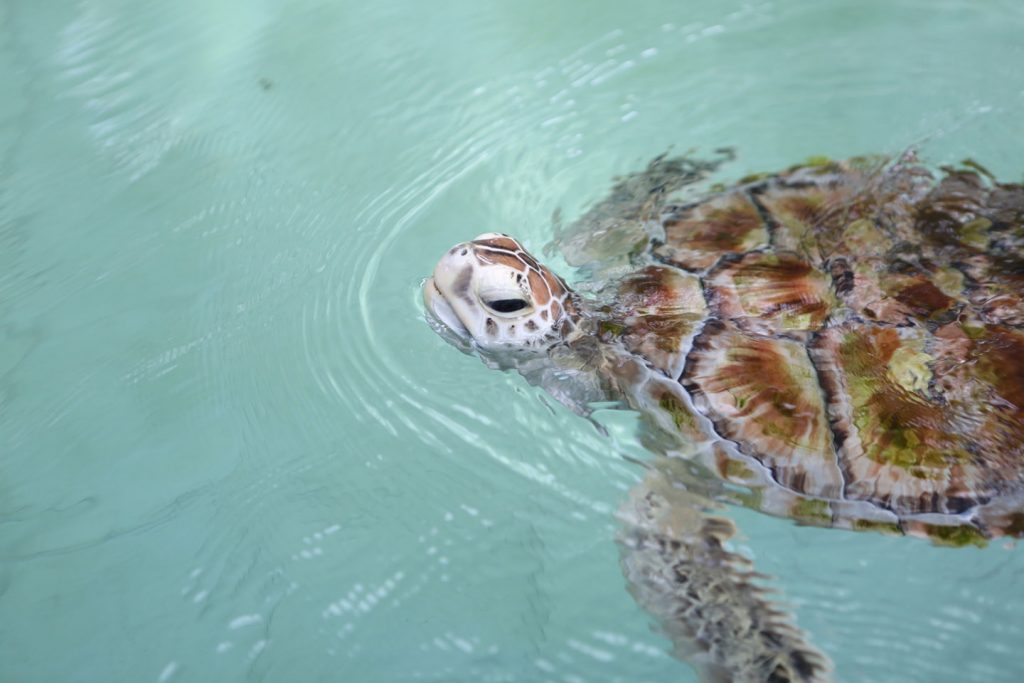
There are many factors involved in the decline of the sea turtles population. In the case of the hawksbill turtle, they are suffering mainly from human activities. For example, many of them are accidentally captured (bycaught) in the fishing gear of local and commercial fisheries, and their eggs are being exploited. Local people treat the turtle eggs as food or, as their shells are colourful, trade them as house decoration and jewellery. Although the fact that the animal is endangered has been clarified to people by the government and scientists, the number of hawksbill turtles still has not increased significantly enough. Another solution is to hasten the turtles’ egg production and hatchery.
The Veterinary Medical Aquatic Animals Research Center, Chulalongkorn University, together with the Department of Marine and Coastal Resources, Ministry of Natural Resources and Environment set up the project to asset hawksbill sea turtle nests and risk factors in order to increase the number of nests in the Gulf of Thailand. This project aims to evaluate the nesting of hawksbill turtles in the eastern Gulf of Thailand and set up the network between the government and the local people to expand the area of sea turtle nesting. This project started in 2019. In July of that year, members of the project were attended the Fauna and Flora International (FFI-RTW) Regional Training Workshop (RTW). The learnings from this workshop were applied to conduct several research projects related to boosting the number of sea turtle nesting using the corroboration of government and private sectors. The research began with retrieving 5-year nesting data, investigating nesting areas, and communicating with local residents. In the later phase, the project set up the network to protect nesting areas and collect nesting data in Prachuap Khiri Khan and Chumphon provinces. Additionally, this project also encourages people to take care of marine ecology. The local community plays an important role to drive this project which makes more clear of the rise of the sea turtle population and can be used as a model for other areas.
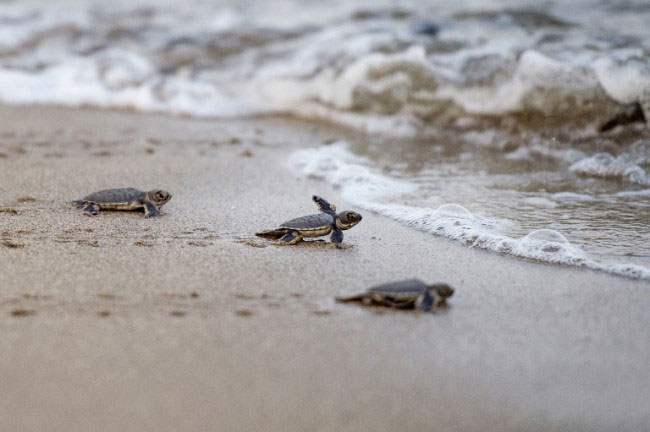
BY
Veterinary Medical Aquatic Animals Research Center,
Faculty of Veterinary Science, Chulalongkorn University
Related articles:
Others
Returning Smiles to the Community
Chula medical volunteers treat cleft lip and palate cases nationwide


